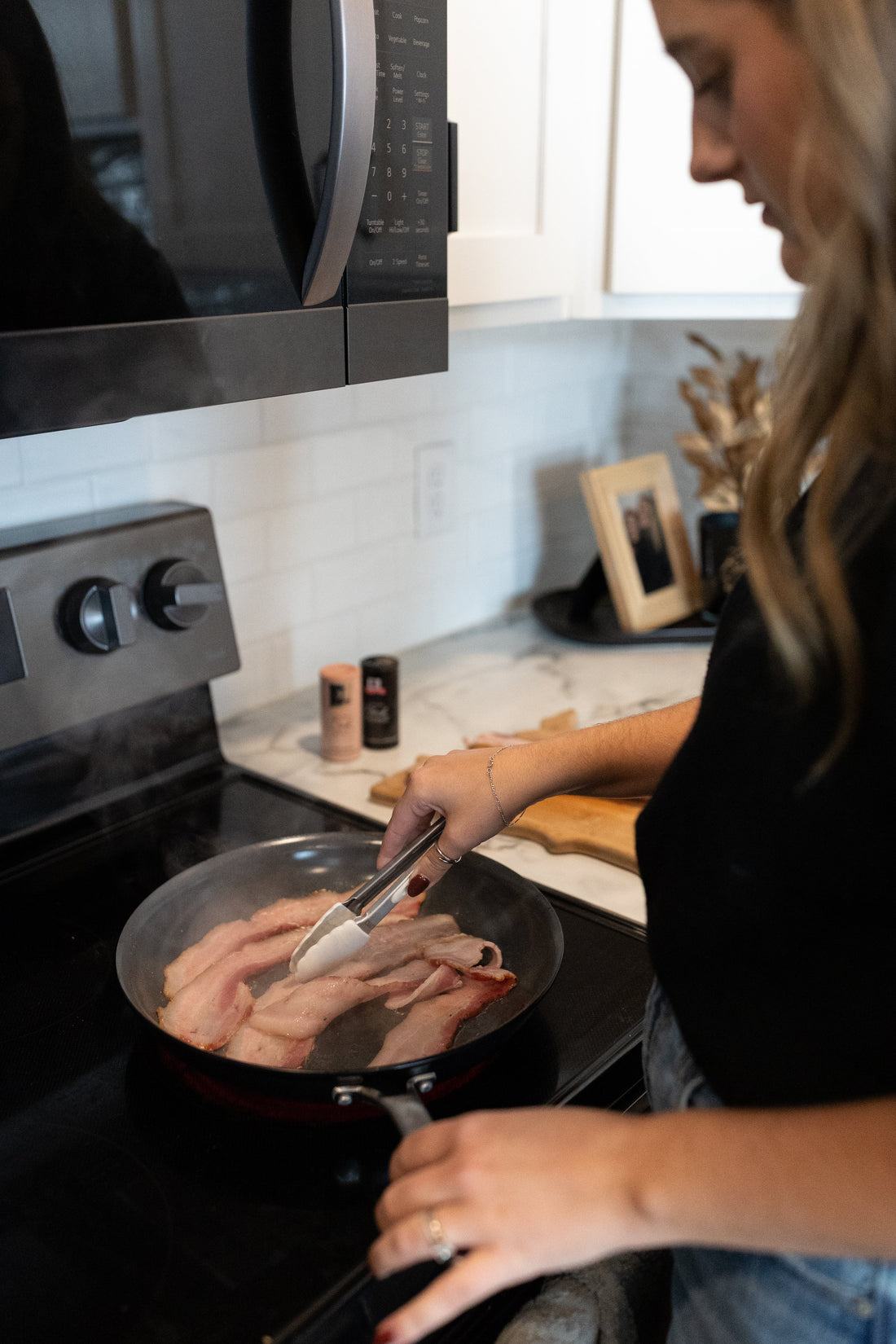
How to Cook Pork the Right Way
Share
Pork is one of the most versatile and delicious meats out there—but let’s be honest, it’s also one of the easiest to mess up. Dry, tough, flavorless pork? No thanks. If you’ve ever overcooked a chop or ended up with bland tenderloin, don’t worry—you’re not alone.
Here’s how to cook pork the right way so you get juicy, flavorful results every time.
1. Don’t Overcook It
One of the biggest mistakes people make with pork is overcooking it. Unlike the old-school advice to cook pork to oblivion, today’s USDA guidelines say 145°F with a three-minute rest is perfectly safe for most cuts. This means your pork can (and should!) have a little pink in the center.
🌡 Pro tip: Use a meat thermometer! Pull your pork from the heat at 140°F and let it rest—it will continue to rise to 145°F.
2. Choose the Right Cooking Method for the Cut
Not all pork cuts cook the same way. Here's a quick guide:
- Pork Chops & Tenderloin – Best when seared and finished in the oven or grilled quickly. High heat, short cook time!
- Pork Shoulder & Ribs – Low and slow is the way to go. Braise, roast, or smoke these cuts for the best texture.
- Ground Pork & Sausage – Cooks quickly in a skillet but needs seasoning to shine!
- Bacon & Belly – Crispy and rendered is the goal—low heat to start, then crank it up for the perfect crunch.
3. Let It Rest
Cutting into pork straight off the grill or pan is a big no-no. Give it 5-10 minutes to let the juices redistribute, keeping your pork tender and juicy.
4. Season It Right
Pork has amazing natural flavor, but seasoning is key. Keep it simple with salt, pepper, and garlic, or experiment with marinades and dry rubs. Want an easy go-to? Try a mix of:
✔️ Salt
✔️ Black pepper
✔️ Garlic powder
✔️ Paprika
✔️ A touch of brown sugar for caramelization
5. Get a Good Sear
For pork chops and tenderloin, a good sear locks in juices and adds that delicious caramelized crust. Use a cast iron skillet, high heat, and don’t move the meat too soon—let it develop a golden crust before flipping.
6. Don’t Forget the Fat
Lean pork is great, but a little fat makes a huge difference. Bone-in chops and marbled cuts like pork shoulder will always be juicier and more flavorful than ultra-lean cuts.
Bottom Line
Cooking pork doesn’t have to be complicated—just remember to use a thermometer, season well, and choose the right cooking method for the cut. Follow these tips, and you’ll never have to suffer through dry, overcooked pork again.
🔥 Ready to cook the best pork of your life? Get premium, farm-fresh pork delivered straight to your door with Just Pork! 🐷🥩